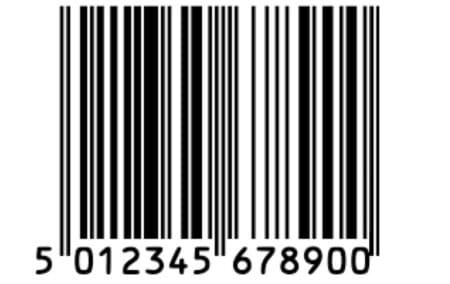The barcode turns 50 this year. It’s estimated that the barcode is used 10 billion times a day globally.
It revolutionised businesses across the spectrum. Transactions were tracked faster, more easily and more safely, according to TechCentral.
It led to the QR code, radio frequency identification (RFID), fixed industrial scanning and machine vision.
The barcode took decades to make; it was the result of the grocery sector’s need to reduce long checkout queues. Retailers and brands needed to capture product information, reduce human error and manage the explosive growth of Boomer shoppers.
George J Laurer, an IBM engineer, created the barcode. It made its public debut when Marsh’s Supermarket, an Ohio grocer, installed the first UPC scanner to help reduce customers’ checkout time and improve productivity. The first scan was of a pack of Wrigley’s chewing gum.
A photo of a QR code taken with a smartphone is 2D barcode, which holds codes in squares. Manufacturers also use 3D barcodes, which are engraved into machinery, reading information and scanning for anomalies via fixed industrial scanning and computer vision.
“Amazon Go” allows you to simply walk in, take items and walk out without scanning or physically paying for items. You do, however, need to scan a QR code to enter, as artificial intelligence, computer vision and data pulled from multiple sensors ensure you’re only charged for what you walk out with.
Fixed industrial scanning reads barcodes on items moving along conveyor belts or order fulfilment lines in distribution centres and warehouses, providing a status update to logistics managers.
The machine vision system – smart cameras or sensors – positioned either overhead or in line with the conveyor belt can learn to recognise when a part is mislabeled or there is a discrepancy in the design when compared to the blueprints.

